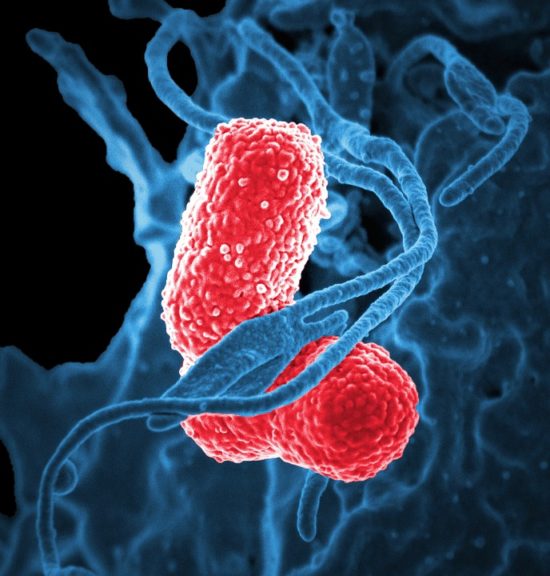Novel tool to visualize antibiotic resistance
Detection of antibiotic resistance gene (ARGs) and antibiotic-resistant bacteria (ARB) have become of utmost importance to decide a line of treatment for any bacterial infection. As the evidence-based use of antibiotics will reduce the misuse of antibiotics, detection of antibiotic -resistance is currently under investigation.
The presence of the enzyme New Delhi Metallo-β-lactamase-1 (NDM-1) in bacteria imparts resistance to several last resort antibiotics (e.g. carbapenems). Thus, it imposes an antibiotic resistance threat to the global health care sector. A study led by Walter Fast and Emily Que (University of Texas, Austin) developed a fluorescent detector that specifically binds NDM-1 and emits fluorescence. They demonstrated localization of NDM-1 in clinical strains of Escherichia coli. However, this detection system can also be used to identify a specific NDM-1 inhibitor, thus possess a great potential to be used to screen effective therapeutic strategy. Moreover, the action of NDM-1 is influenced by the zinc flux. It has been found that upon infection, the body accelerates the synthesis of defence proteins and seize all metal ions including zinc which is important for the action of NDM1. Hence, this fluorescence chemistry will also help to understand the metal ion chelation (seizing) by the host defence system.
AMR NEWS
Your Biweekly Source for Global AMR Insights!
Stay informed with the essential newsletter that brings together all the latest One Health news on antimicrobial resistance. Delivered straight to your inbox every two weeks, AMR NEWS provides a curated selection of international insights, key publications, and the latest updates in the fight against AMR.
Don’t miss out on staying ahead in the global AMR movement—subscribe now!





